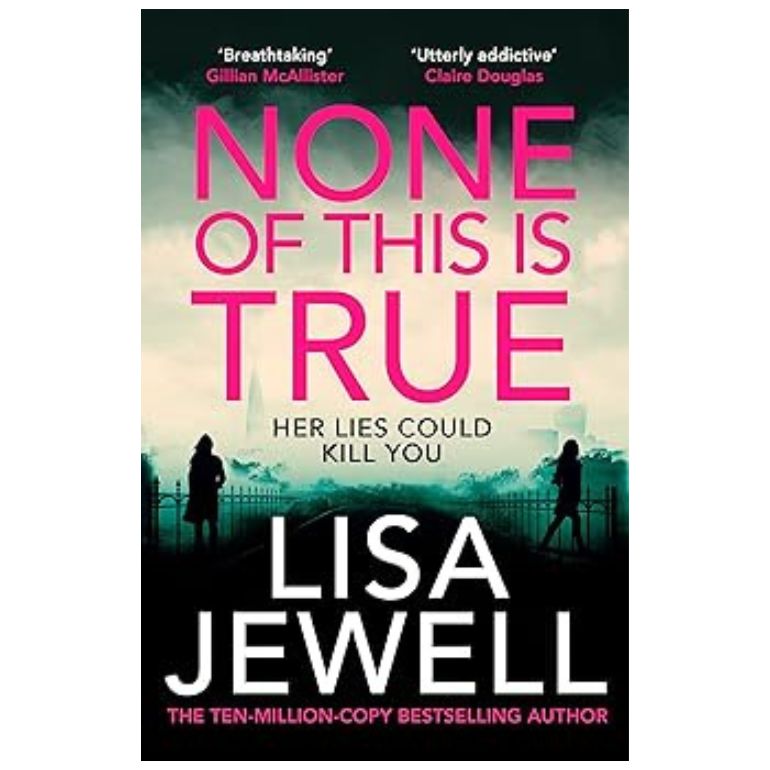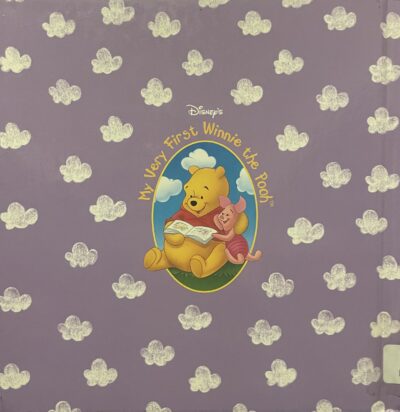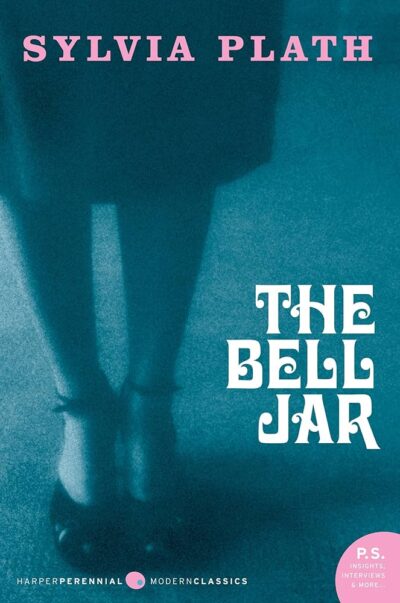Describing My Experience
Oh. My. Gosh. This book was a wild ride from start to finish. I got to experience being wrong like I had hoped but immediately kicked myself for it because the book is LITERALLY called None of This is True. I got so engrossed with the story I completely forgot about the title and took everything at face value which was silly of me. Despite my embarrassment from missing the initial twist, I had a fantastic time reading this book. I liked how creepy and heavy the whole situation felt even before everything was revealed. The author, Lisa Jewell, did a fantastic job keeping me interested and making me look back at events differently after reading. I guess I can’t be too mad at myself since the authors intention was to make the reader sympathize with Josie before revealing her true nature. The title is also pretty open ended since she could have been lying for something like attention. The build up to her true character reveal was well done since she did not flip from normal to mentally unwell like it was nothing there was a gradual build up where she goes from normal to doing slightly unsettling things to being revealed as mentally unwell.
Classifying My Experience/Defining the Features
Alienation and being wrong were a massive part of my experience with this book that came from the plot twists revealed later in the book. Every time I made an assumption; I was proven wrong and it seriously made me distrust myself and my ability to read people. Like if I can be fooled this easily by a fictional character how easily can a real person fool me? Scary. My biggest example of being wrong was assuming Josie was a victim. She says towards the beginning of the story that she believes her husband abuses her younger daughter but refuses to confront the issue with him. I should have been wary of this, but she also reveals that she married him at 18 when he was 43, and they met when she was only 15 (YUCK), so that clouded the way I looked at her for the rest of the book.
“And he took me to the pub. I sat in a pub with a forty-two-year-old-man and I was fifteen and he poured a shot of vodka into my lemonade and he kissed me and I remember looking down at my hands, at the pen scribbles on them from school” (Jewell 66)
“I’ve just… lost my way. Or in fact, I’m starting to realise, I never even had a way in the first place. I handed my life over to Walter when I was a child and never gave myself the chance to find out who I really was” (Jewell 79)
Even when she was being weird wearing Alix the other main character’s clothes, I wrote it off as off putting but not concerning. This is why when it was revealed that she had killed both her and Alix’s husbands and abused her daughter I was FLABBERGASTED. THEN once I thought I had everything figured out it was revealed at the very end that Roxy, Josie’s oldest daughter who ran away “under mysterious circumstances” had killed her first girlfriend Brooke who was briefly spoken about earlier in the book, AND THE ENTIRE FAMILY KNEW AND HID IT. When I found out Josie had killed both husbands my brain automatically assumed she killed Brooke too, but apparently murdering partners runs in the family. All of the initial character set up for Josie and Roxy was a red herring from the author trying to throw the reader off, and I took the bait like a trout. The reveal of Roxy killing Brooke would also fall under secret discloser as Josie only reveals the truth to the reader.
“the night she came home and found Roxy kneeling over the white-clad body of Brooke Ripley with tears coursing down her cheeks, wailing ‘I didn’t mean to do it, Mum, I didn’t mean to do it.’ and Erin standing in the doorway, staring and rocking with her hand on her mouth, and Roxy saying ‘What are we going to do? What are we going to do?’ and the call to Walter in Newcastle, who talked to them so slowly and so insistently through what had to happen next: the plastic sheeting in the store cupboard, the window in the bathroom that opened out onto the garage mews, the key, in a drawer, with the number 6 attached on a plastic tag.” (Jewell 259)
I can’t seem to decide if I experienced distress or eustress. I went into the book knowing it was a thriller and would likely have intense plotlines, but I was unaware multiple characters would die and be hurt, which of course caused me stress and anxiety. This distress/eustress was caused by the multiple plot twists and the consequences of those twists that harmed innocent people.
“Police then found Mr. Fair’s daughter, Erin Fair, 23, tied to a wooden child’s chair in a storage cupboard in the hallway. The chair had been customized with leather straps and leg ties. She too had been beaten and was at first assumed to be dead, but after showing signs of life was rushed to the hospital, where she is now in intensive care in a coma” (Jewell 203).
Erin does thankfully survive, but it is revealed that her father was never abusing her. He was actually going into her room to help with her streaming career, help they both saw as a bonding experience. Roxy reveals every person in the house was hated by Josie, and that is why Erin did not tell her what was actually happening behind closed doors. According to her, both children felt closer to their father and Josie resented them for it, implying that Josie was the abuser not Walter.
As stated earlier, my immersion in this book is what caused me to be so easily fooled despite the title of the book. The suspense and eventual plot twists made it impossible to put down the book. I needed to know what happened next and I needed to figure out how differently the plot of the book read after finding out the truth. Even after I was done, I went back and reread some parts to recontextualize them and pick up on things I missed like how TRULY weird it was that Josie admitted to being unwilling to confront her husband when she “knew” he was abusing her daughter. Not that she was scared to confront him, she simply wouldn’t.
Works Cited
Jewell, Lisa. None of This Is True. Simon and Schuster, 8 Aug. 2023.
Featured Image
Simon and Schuster. All Rights Reserved.




